A comprehensive study of over 2400 Franchise Disclosure Documents over a two-year period sheds great light on focusing on how varying fee structures including franchise fees, royalty fees, technology fees, and marketing costs can impact your franchise performance and growth.
The Correlation of the Initial Franchise Fee and Higher Revenue Potential
Initial Franchise Fees offers a grant to franchisees to access all your franchise brand assets and intellectual properties, support, marketing and more. The result of the study revealed a very noteworthy correlation between the amount of the IFF and a brand’s revenue. We found that brands that charged franchise fees around $40,000 or more enjoyed an average revenue of $1.5 million per franchise location. This amounts to 2.5X greater than franchisors charging $25,000 or less. In further analysis, those who charged $25k or less saw an average of $583,000 in top-line revenue per location, whereas those who had fees of $40k or more realized an average revenue of $1.5 million per location. Clearly this signals that those seeking franchisees could have a greater willingness to invest more in exchange for higher revenue potential. Franchisors should reevaluate and consider increasing their initial franchise fees to strengthen brand value and to assist in further growth.
Royalty Fees Equate to Stronger Support
Almost every Franchisee is required to pay a royalty fee which represents a recurring financial commitment towards the continued use of the franchise brand. The small percentage of franchisors that do not charge royalty fees are most often a “product distribution model” in which the franchisee is paying more to the franchisor for access to products that are proprietary to their system. However, the vast majority (94%) of franchisors are charging royalty fees, primarily as a percentage of monthly revenues. This approach is employed by 92% of franchisors. The average royalty fee currently stands at 6%, and our study reflects a consistent approach across a variety of vertical industries. We found that 80% of franchise brands are charging royalties within a median value of 2%. This is an indication that there is great consistency across franchises that potentially balances the ongoing support provided by the franchisor to help achieve operational success.
Marketing Expenditures at the National and Local Level
There are very few fees that are more critical than the amount and way that marketing expenditures are utilized – after all, the purpose of business is in the making and keeping of customers. We find that the most successful franchise systems are those that have achieved a thoughtful balance between their national advertising and local marketing efforts. Our study found that 72% of franchise organizations are levying a national advertising fee, predominantly as a percentage of revenues (89%). In terms of local marketing expenditure, a majority (55%) will require their franchisees to spend on local marketing, with 79% of these that require a specified percentage of monthly revenues. The average local marketing spends required by franchisors currently stands at 2% of monthly revenues. This data reflects the necessity for franchisors to ensure that adequate marketing spend, nationally and locally so that they may remain competitive and support franchisee success.
Technology Fees are Now of Critical Importance
Many of today’s franchise leaders extoll the fact that their products and services are becoming more and more of an ante into the game whereas, technology plays a critical role in obtaining operational efficiency along with a competitive edge across your system. According to our findings, 61.9% of franchisors now charge technology fees, with the majority doing so in the form of a flat monthly rate. Not only is this required investment in technology becoming the norm, it is greatly valued by franchisees. 50% of franchisees acknowledge the significant value that is derived from technology provided by the franchisor. What is incredibly important to note is that franchisors that impose technology fees are likely to grow 36% faster over a two-year period than those that do not. This key takeaway accentuates the importance of strategic tech investments for enhancing a true competitive advantage and support for your franchisee’s success.
Enhancing Franchise Operations with FranConnect’s Royalty Manager and Flywire Collaboration
Add in FranConnect’s Royalty Manager solution, and you have a cutting-edge tool designed to revolutionize the way franchisors manage and collect royalties. And with its integration with Flywire, you’ll have a significant advancement in streamlining the collection of fees, both domestically and internationally, for franchisors. This partnership is further bolstered by the innovative Invoice to Pay and Sign to Pay programs, in which FranConnect utilizes Flywire’s global payment platform to facilitate the financial transactions that are pivotal to franchising operations.
This synergy between FranConnect, its Royalty Manager solution, and Flywire represents a transformative approach to addressing the complexities of fee collection and operational management in franchising. With these powerful tools, franchisors are equipped to navigate the competitive landscape more effectively, enhancing brand value, improving franchisee success, and driving overall franchise system growth in an increasingly dynamic market environment.

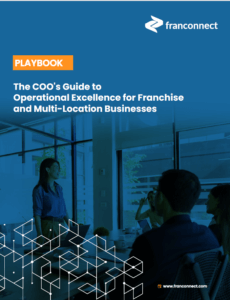



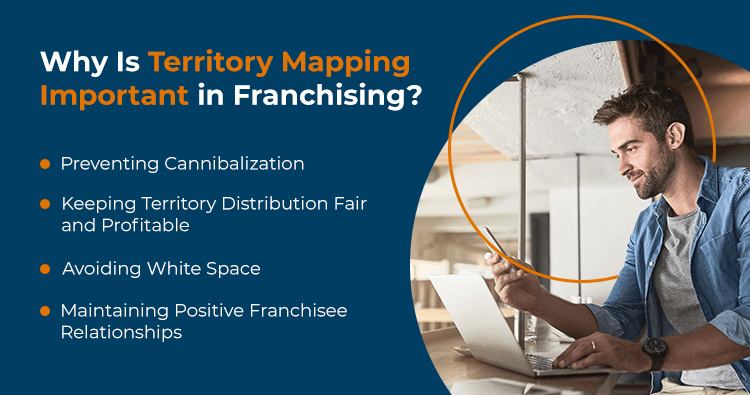
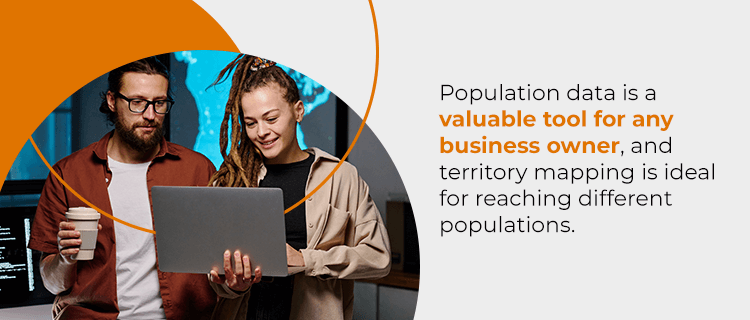


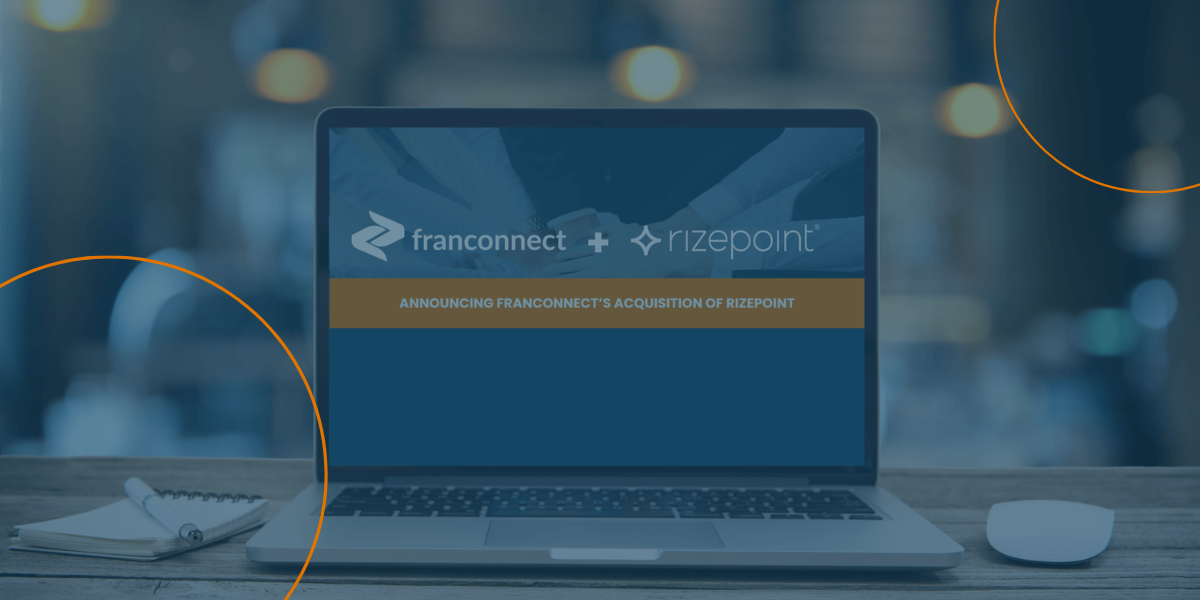

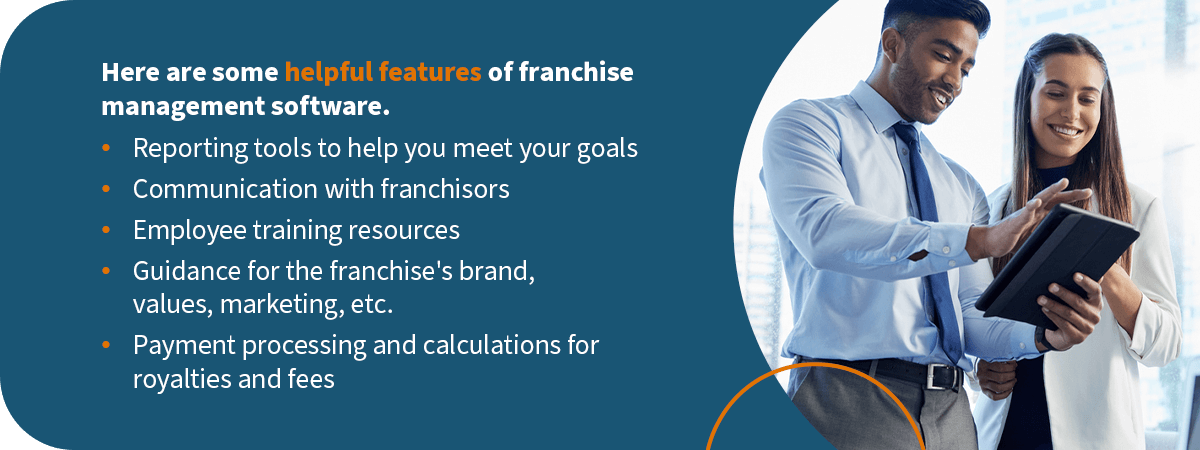
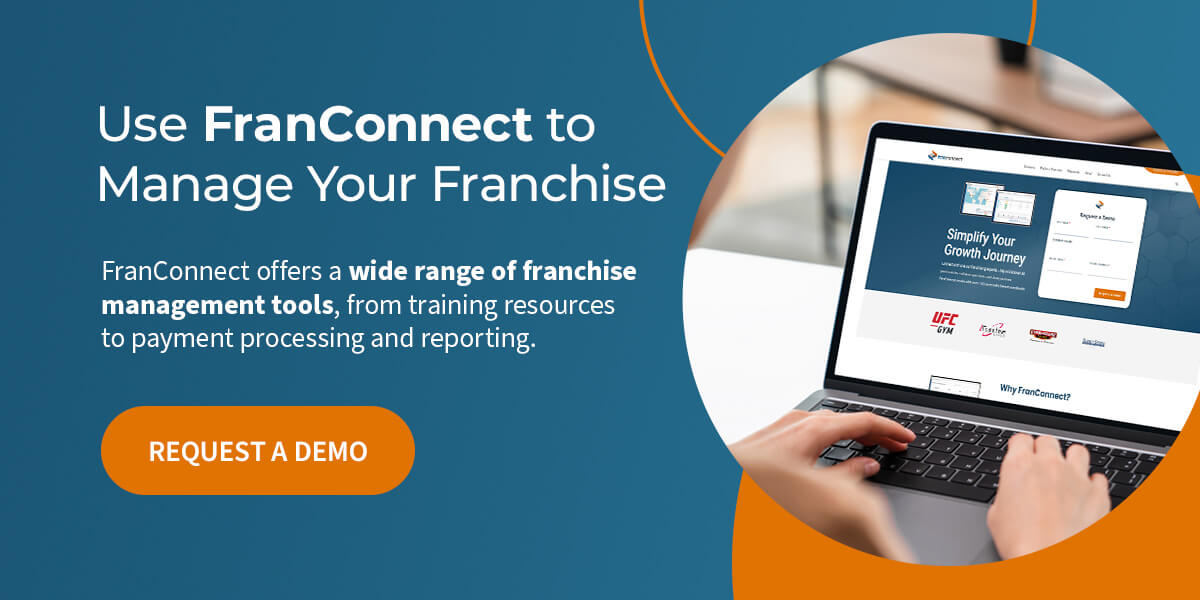



 Ian Walsh
Ian Walsh








